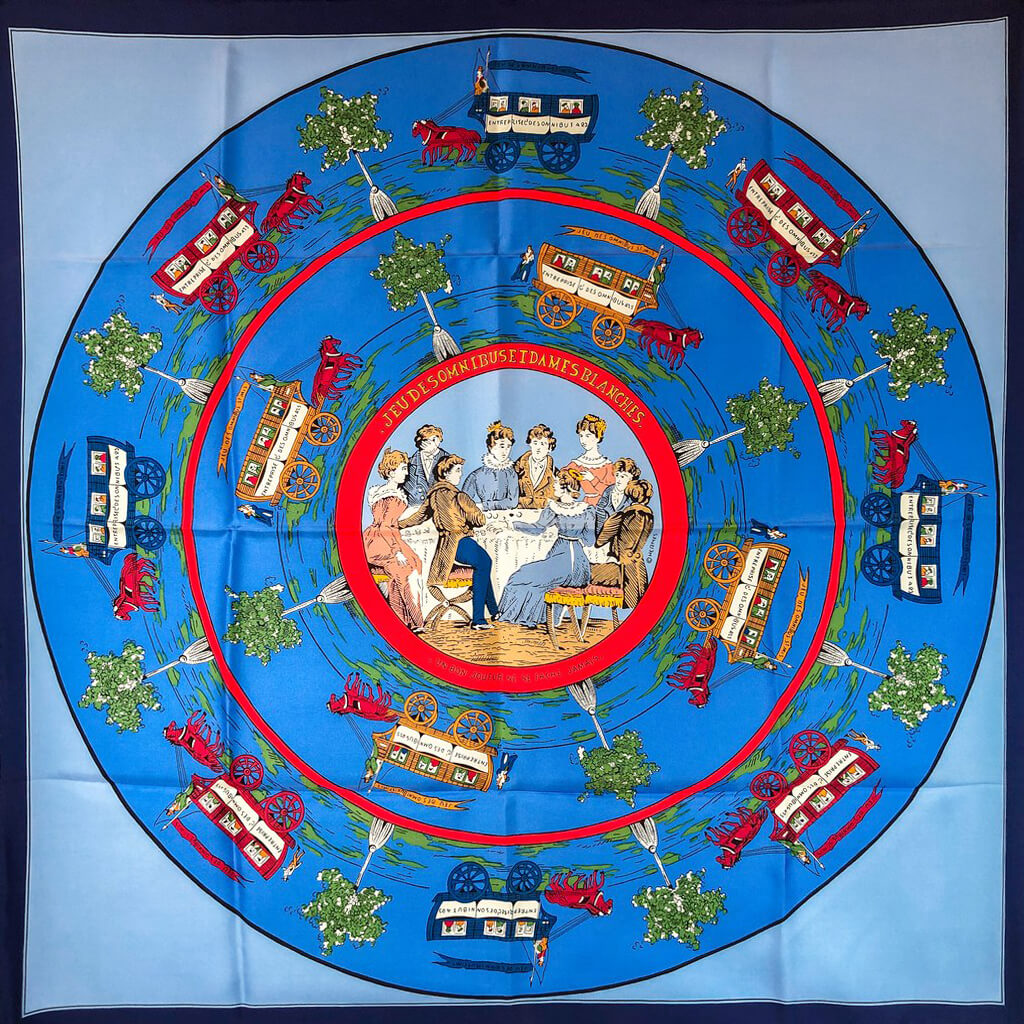Scarves have certainly been around a long while.
I read somewhere an excavation of a bog burial in Denmark revealed a woman from the Ice Age wearing a long checked wool scarf with fringed ends but the first actual documented incidence of the wearing of a scarf in history was that of Egyptian Queen Nefertiti in 1350 BC. She was depicted wearing a very finely woven scarf accompanied by a conical headdress.
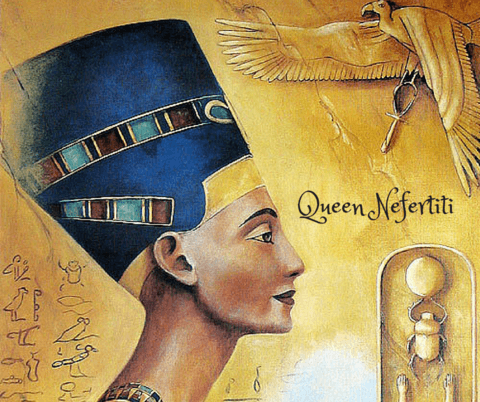
Jump ahead several centuries to 230 BC and Chinese Emperors began wearing scarves in order to indicate their rank within the military. Jump ahead a few more centuries to the Roman times and we find the “sudarium” which is latin for sweat cloth and that is exactly what they were in the beginning – a piece of cloth used to wipe the sweat from ones face.
|
Roman soldiers wore them to identify their ranks and to protect their necks from chaffing from metal or stiff leather armor. |
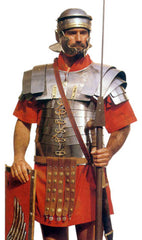 |
After the fall of the Roman empire Romanian and Croatian soldiers continued to wear them but they were more like a cravat. After seeing these cravats/scarves on the Croation Army, Loius XIV of France liked them so much he hired a scarf maker for his court. He decided they should be used to display royalty! In the 19th century they were popular to use to display one’s political leanings. By the beginning of the 20th century, they were also used as part of club uniforms, the most well known example, being the Boy Scouts.
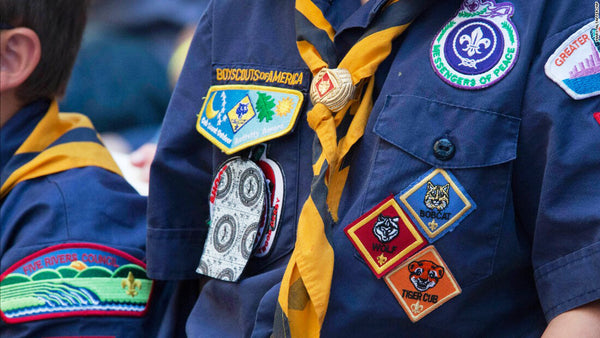
Over time they simply became more popular to wear – just for looks or to keep warm. There is a lot of reference to pieces of fabric being worn over the centuries as head dresses, veils, shawls, stoles or handkerchiefs.
The biggest scarf 'fashion story' of the 18th century was the Indian Kashmir shawl. Originating in India as a high class male garment, and part of court dress, finely woven rectangular wool shawls were first brought to Europe by members of the British East India Company. By the 1780s Kashmirs were an essential accessory for fashionable (and wealthy) English women, who prized them for their 'exotic' look and the elegant way in which they draped.
Fashionable French ladies were a little slower to embrace shawls, but when they did it was with great passion. Empress Josephine, at first unimpressed with the Kashmirs Napoleon sent her from his campaigns, eventually became their greatest proponent. Her collection was said to number in the hundreds and became the envy of every French lady.
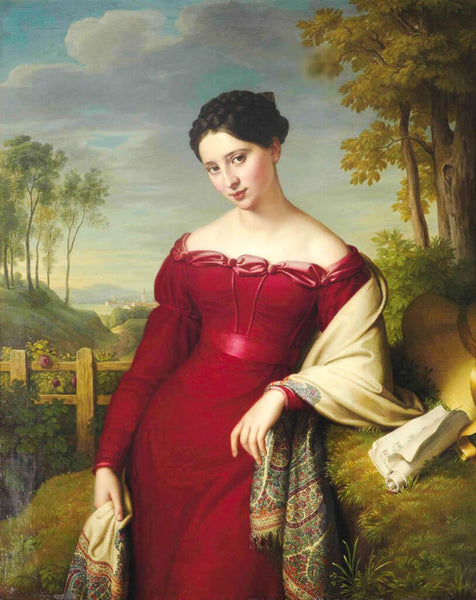
The huge demand for Kashmirs quickly led to the production of machine woven imitations in Europe. Shawl weaving industries developed in Norwich, England, in Scotland, and in Paris and Lyon in France. Indian designs were also copied and block printed onto plain shawls (resulting in the enduring 'paisley' motif), and designs were often embellished with hand embroidery.
However, it wasn’t until the 19th century that scarves became a popular fashion accessory. For the greatest portion of its history, the scarf was subjected to use as a sweat cloth, or to keep clean. That changed when fashion designers saw the potential to capitalize on the fabrics and designs coming out of regions such as India.
The French fashion empire Hermes designed the first ready-to-wear graphic silk scarf in 1837. That same year, the fashion industry in Europe and America embraced scarves after Queen Victoria sat on her throne and popularized gorgeous silk cravats with stunning graphic prints. The designs and fabrics used denoted class ranking, and served to signify fashion sense. The birth of the modern scarf had just taken place.

As scarves grew in popularity, manufacturers experimented with various types of fabrics. These included silk, cashmere, chiffon, cotton, wool mixes, muslin, and modal. The original scarves are believed to have been designed from wool fibers, with more polished versions forming in China when silk was the prized fabric.
As the industrial revolution took over in the 20th century, however, the use of new prints and designs came onto the scene. Once again, French fashion designer Hermes led the way towards embellished designs printed onto beautiful handwoven silk scarves.
Scarves are more than just a fashion statement, they are truly a work of art.
Browse my selection of wearable art SCARVES in silk, cashmere, wool and modal.

